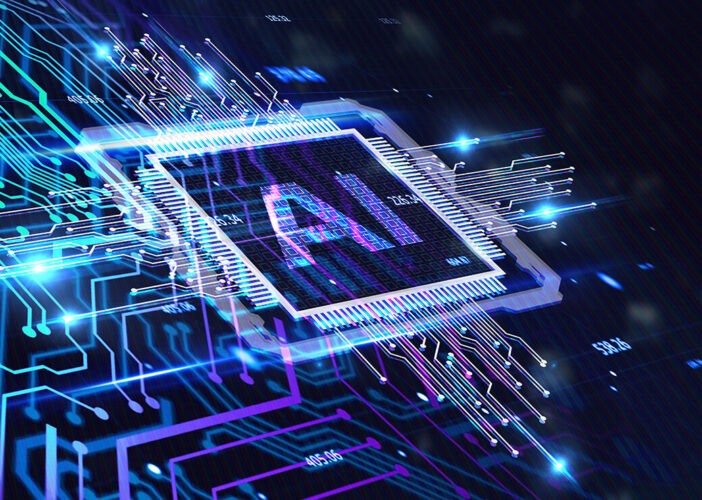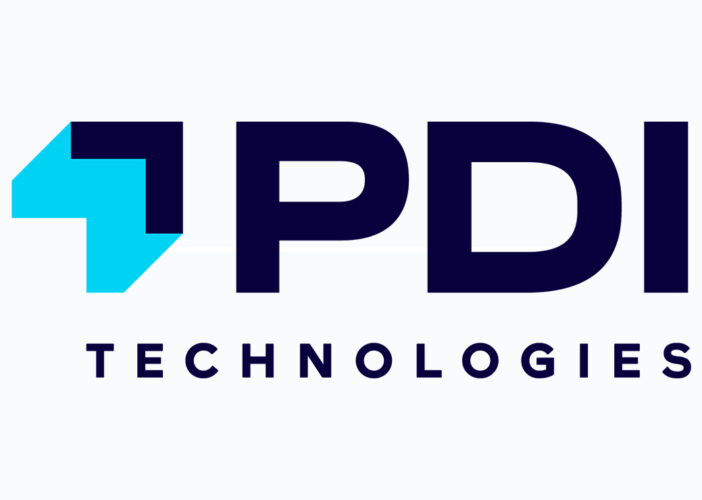From Reactive to Predictive: Building Cyber Resilience for 2025
When you’re resilient to something, you don’t just endure; you adapt, recover, and emerge stronger. This idea is what should motivate companies to focus more on cyber resilience. It’s not enough to simply weather the storm of a cyberattack; true resilience means predicting the storm’s arrival, minimizing its impact, and ensuring business operations bounce back with little disruption. Here’s more on building cyber resilience for 2025.
A Lack of Cyber Resilience Focus: Why?
A recent PwC survey revealed a concerning gap in organizational focus on cyber resiliency, with only 39% of respondents indicating plans to implement measures like cyber recovery solutions or immutable backups that would make them more resilient.
Many companies still operate under a reactive approach to cybersecurity, where the focus is on responding to threats rather than preventing or mitigating them. This short-term mindset deprioritizes investments in resilience-enhancing solutions like immutable backups, which get perceived as “insurance” rather than an immediate need. Emphasizing the business value of resilience is important. Security leaders need to communicate that resilience isn’t just about recovery—it’s a key enabler of operational continuity.
Businesses bound to comply with various industry or geographic regulations need to avoid the mistake of seeing compliance as their cybersecurity ceiling. Cyber resilience goes beyond compliance by integrating proactive and predictive measures, continuous improvement, and a business-first mindset into security practices. While GDPR and HIPAA provide a basic framework for resilience, they leave room for businesses to go further—to invest in technologies and strategies that not only help meet legal obligations or check boxes but also build a more resilient cybersecurity posture.
Predictive Cybersecurity and Cyber Resilience
The first major path towards resilience is going from reactive to proactive cybersecurity. In other words, taking deliberate actions to prevent threats before they materialize instead of just waiting to respond. The second path takes your business beyond proactive to predictive cybersecurity
Predictive cybersecurity goes a step further by leveraging data analytics, artificial intelligence (AI), and machine learning (ML) to forecast potential threats based on patterns and trends. Predictive systems analyze threat intel, such as global attack data to identify indicators of compromise (IoCs) and emerging risks that might not yet be fully understood.
The characteristics of predictive cybersecurity are:
- Data-driven threat intelligence: Predictive cybersecurity relies on analyzing vast amounts of historical and real-time data to identify patterns and anomalies that might signal future threats.
- Machine learning & AI: Technologies that process threat intelligence, log data, and user behavior analytics to anticipate attack vectors and prioritize high-risk vulnerabilities.
- Risk scoring & prioritization: Predictive systems assign risk scores to assets and activities, allowing you to focus on areas hackers are most likely to target.
Integrating predictive security measures builds confidence in continuity. You know that when threats are anticipated and managed, key business operations will run with minimal interruptions.
Incident Response and Cyber Resilience
While a natural roadmap toward building greater resilience moves you from reactive to proactive to predictive, there will still be incidents you can’t predict. Today’s hackers are savvy; human error can also open up paths into your network in unexpected ways.
This is where incident response (IR) becomes indispensable. For the times when your prediction or prevention measures fall short, IR makes sure that you have the systems, processes, personnel, and tech in place to mitigate issues quickly and effectively (and minimize business impact).
Incident response teams train all the time to identify, isolate, and neutralize threats as quickly as possible. By containing an incident early, businesses prevent lateral movement and reduce the scope of damage. Quick containment minimizes downtime and protects critical data, for greater resilience.
Also, bear in mind that effective IR relies on structured, well-documented playbooks that outline step-by-step actions for various types of incidents, from ransomware attacks to insider threats. These playbooks provide clear guidance during the most chaotic situations. What you get are consistent, repeatable recovery processes that restore functionality faster and reduce the impact on customers, employees, and stakeholders.
Tools ingrained in incident response, like EDR solutions, improve the speed and efficiency of IR teams. Automation within these systems helps triage alerts, execute containment actions, and provide detailed forensic data for analysis. This automation reduces human error and accelerates response times.
Embedding robust incident response capabilities into your cyber resilience strategy turns the unpredictable into a manageable challenge. Even when prediction fails, proper preparedness limits the impact of cyberattacks, while protecting business operations.
From chaos to control
A world where cyber attacks no longer bring operations to a standstill is achievable. Too often, media stories about cyber incidents describe costly and painful outcomes, like shutting down pipelines, disrupting supply chains, or exposing sensitive customer data. These narratives focus on the chaos, but they also miss an essential truth: resilience is within reach for those who prepare.
At PDI, we’ll help your business strengthen cyber resilience through our Incident Readiness Services. With tailored strategies, cutting-edge technology, and expert guidance, we equip your team to anticipate threats, mitigate risks, and ensure that when challenges arise, they’re met with confidence and have a limited impact on the most important functions of your business.

